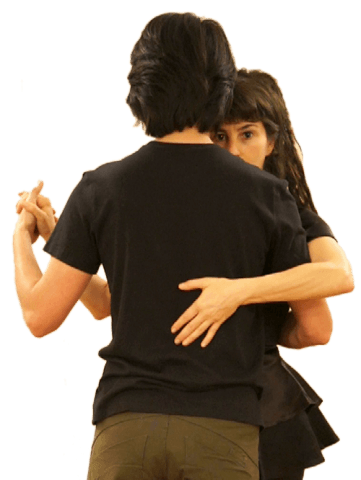
It’s painful to sit as a revel waiting to be asked for a dance. Marks feel a lot of stress in having to make the approach. And many people feel that the codigos and the cabeceo reinforce old fashioned gender roles about male privilege and female passivity. I’ve felt the anxiety that accompanies both roles, but I believe that the cabeceo is essential to good tango. Three reasons:
ART The mark’s job is to create art. S/he needs to feel moved by the music, the revel, and the moment in order to do this. Otherwise it’s like commissioned artwork, which sours the experience of creativity and generally produces lesser work. When a revel asks a mark to dance she are commissioning work, and it’s not going to have the inspiration that the dance will have it comes from the mark’s own vision.
CONSENSUALITY Tango is a very intense experience, so I believe it should be totally consensual. The cabeceo is consensual, verbal requests are not, because people don’t feel comfortable turning someone down.
DESIRE Tango has many fruits, many bittersweet. One of the sweet ones is the experience of mutual desire. Mutual desire, expressed and contracted with the eyes, is a very different thing than one-way desire, expressed with a confrontational invitation that amounts to a nearly unavoidable demand. Marks who wait, rather than insist, will find an entirely different character to the experience.
I recommend that revels read my post on the Power of Desire. This post has been updated regarding the reverse cabeceo, and a bit more on desire.
For more on tango etiquette (and the queer cabeceo!), see my Etiquette Guide to the codigos and beyond.
Photo by Romain Baillon.














